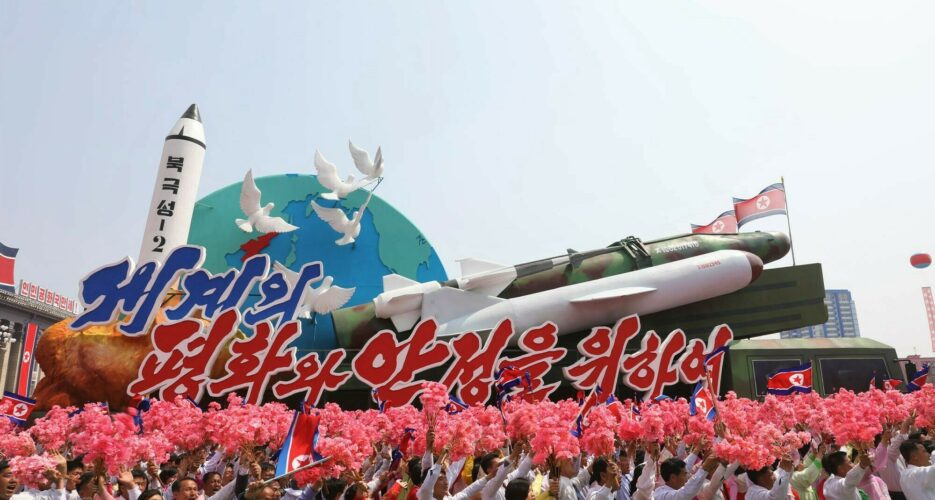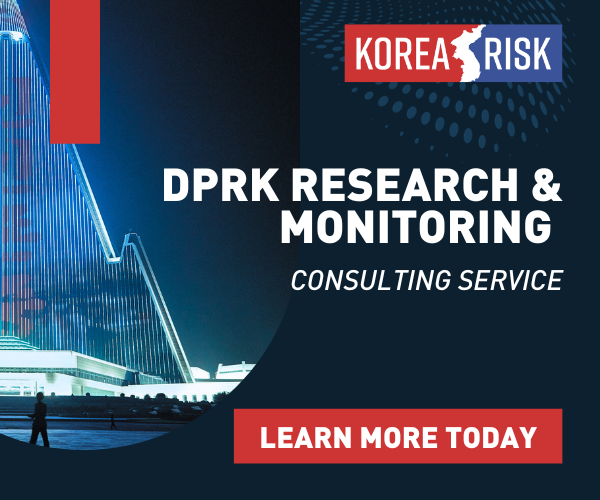Recent events have attracted much (perhaps too much) attention to the Korean Peninsula, and yours truly feels compelled to share some opinions on what is going on.
With Donald Trump’s electoral victory, the threat of a large-scale conflict on the Korean peninsula has increased, although currently, in spite of all the hype and exchanges of bellicose rhetoric, it remains small.
Recent events have attracted much (perhaps too much) attention to the Korean Peninsula, and yours truly feels compelled to share some opinions on what is going on.
With Donald Trump’s electoral victory, the threat of a large-scale conflict on the Korean peninsula has increased, although currently, in spite of all the hype and exchanges of bellicose rhetoric, it remains small.
Become a member for less
than $5.75 per week.
Unlimited access to all of NK News: reporting, investigations, analysis
The NK News Daily Update, an email newsletter to keep you in the loop
Searchable archive of all content, photo galleries, special columns
Contact NK News reporters with tips or requests for reporting
Get unlimited access to all NK News content, including original reporting, investigations, and analyses by our team of DPRK experts.
Subscribe now
All major cards accepted. No commitments – you can cancel any time.












